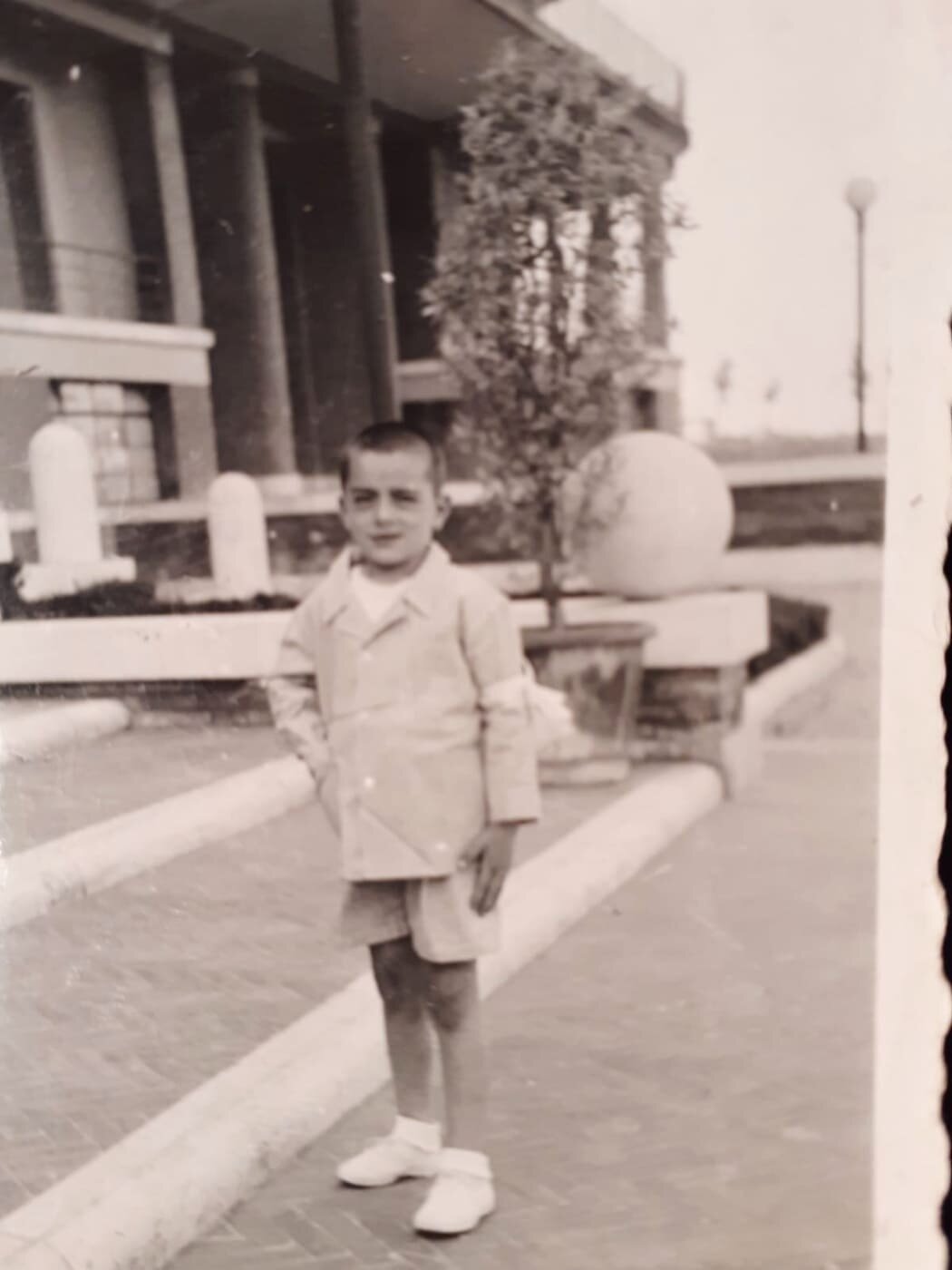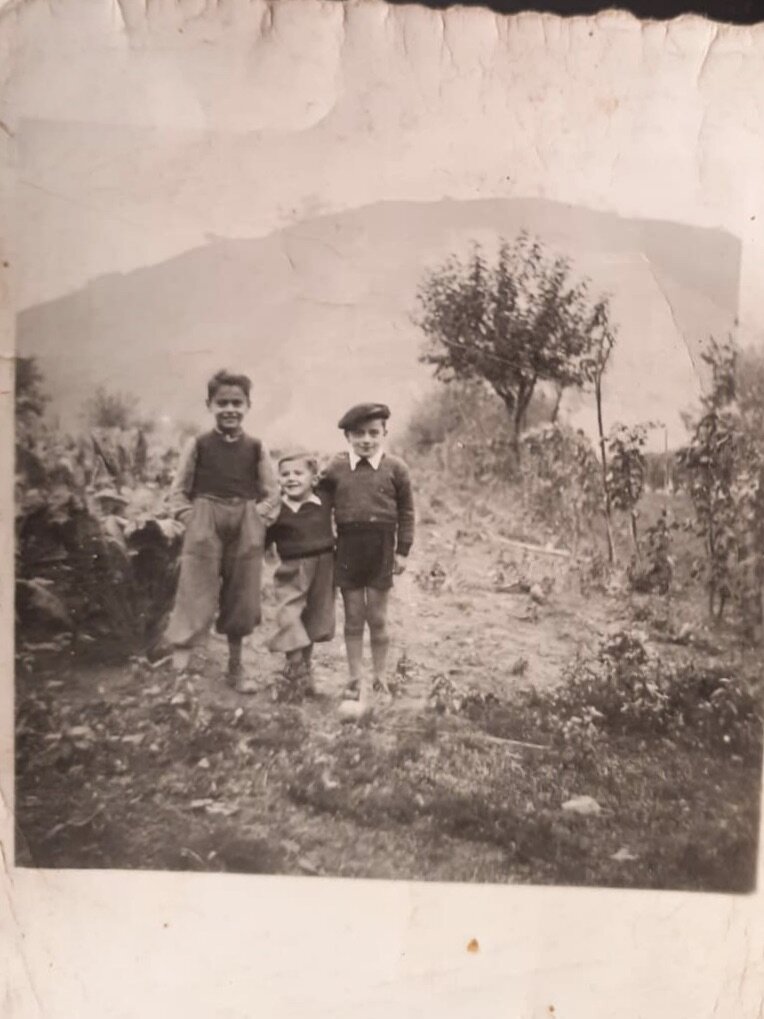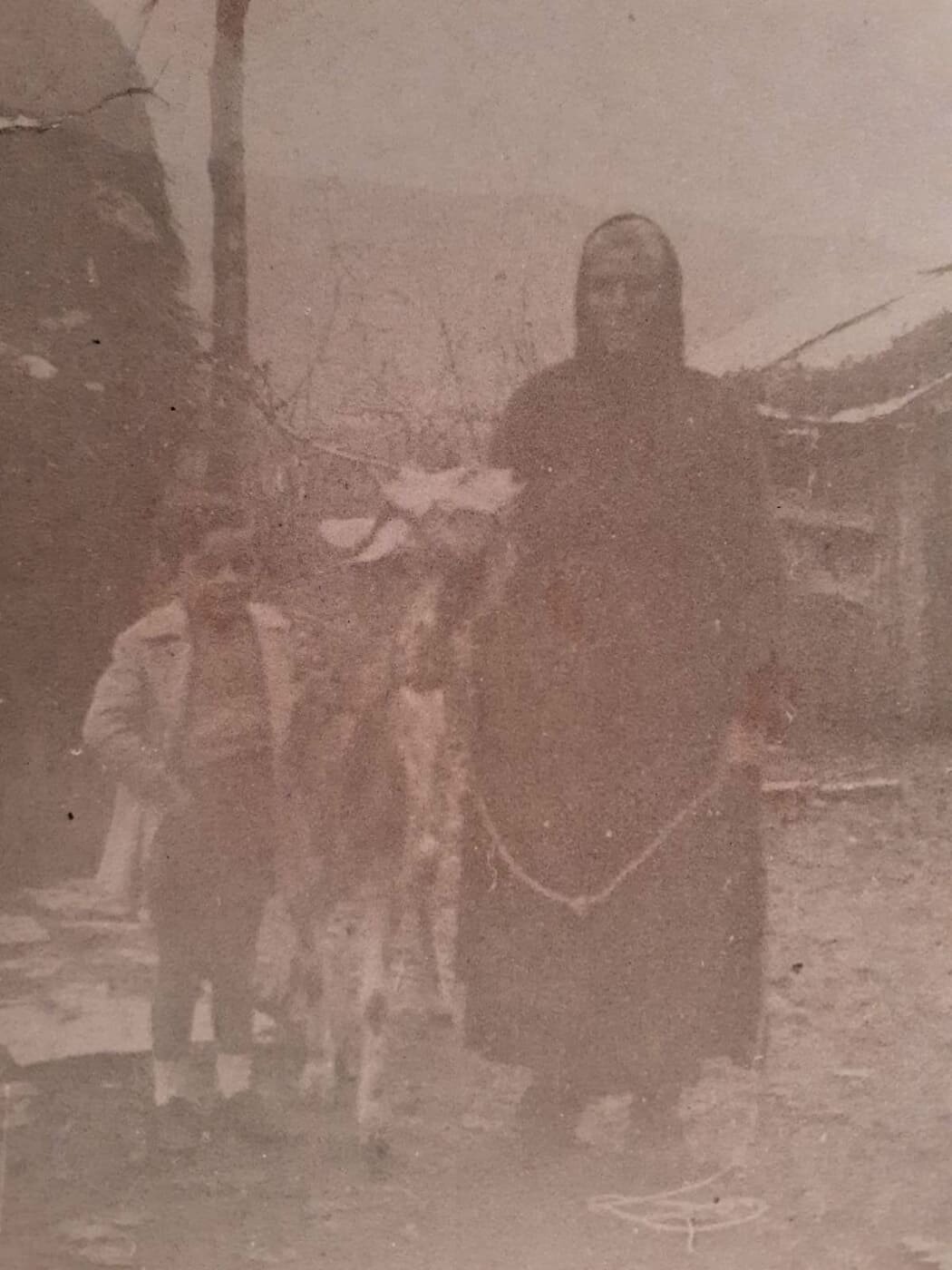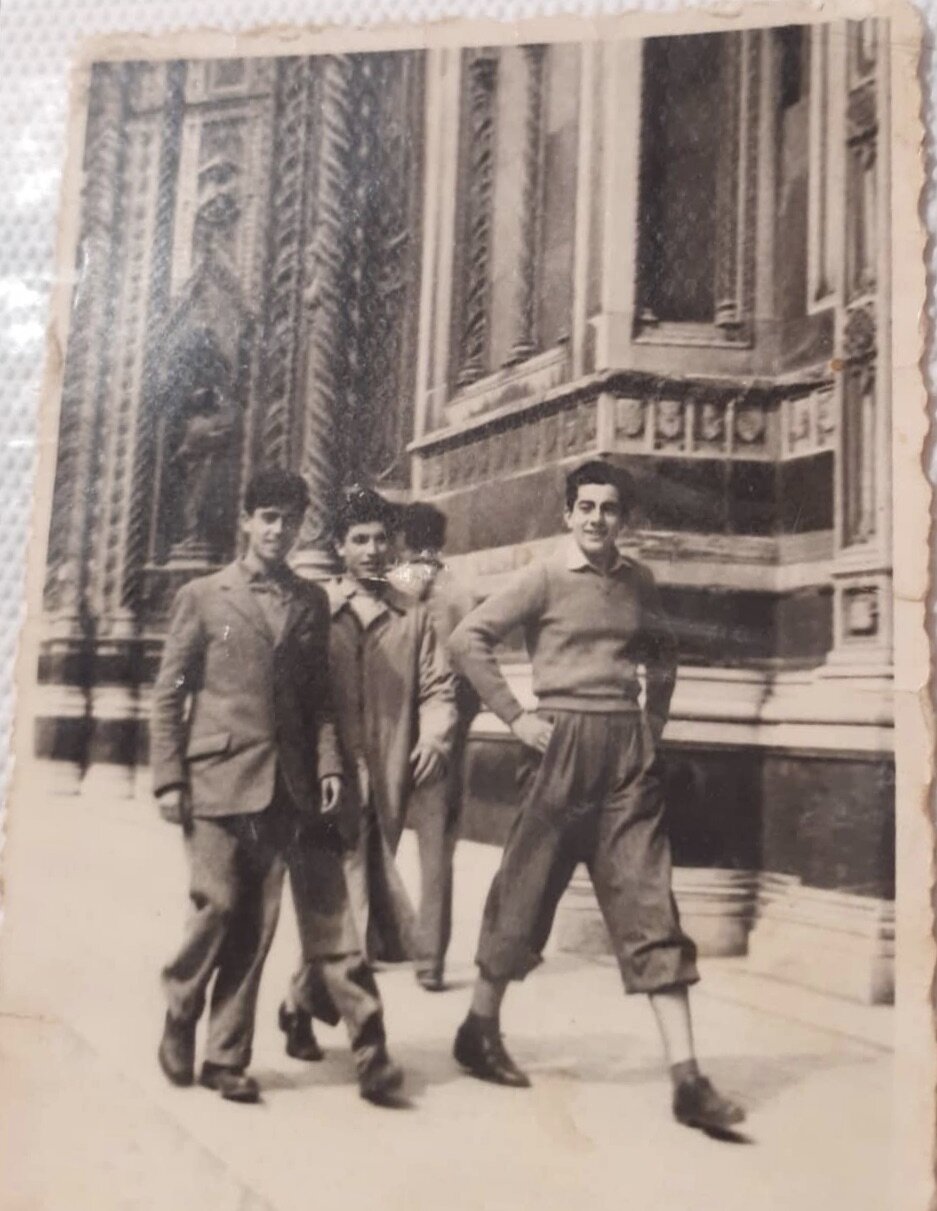The Era Fascista in Italy
Stories and History
My grandfather, Andrea Naldini, was born in 1935. He was 10 years old when the WWII had finally ended. He was just a child, but the memory of the war is still vividly alive in his mind. When I asked my grandfather how he is able to remember the first years of his life so clearly, while I can hardly remember what I have learned at the University two months ago, grandpa replied that he forgets what he reads as well, the same way he forgets the information he gets from watching the TV, or even what he has eaten a day before, but he will never forget what he has been through sixty or seventy years ago.
One of my grandfather’s stories that I remember the best concerns an antifascist named Aldo Palareti who was forced to hide in a farmer’s house in the mountains. Unfortunately, those poor and coward people betrayed him for money.
The infamous "Troop of Death", a fascist militia from Verona, arrested him, and Aldo was taken to Galeata, a small village close to Forlì. Fascists ordered him to face the wall and bandaged him. He refused to be blindfolded, turned himself, looked at his executioners and shouted: "Viva l’Italia!" (“long live Italy”). They were his last words.
My 9 years old grandfather was there, with his grandmother and other women who spat and railed against the fascist murderers. My grandfather no doubt still remembers thinking at that moment: “ Why did he shout ‘Viva l’Italia’?! ”; Was it not Italy who was killing him right now?”
There is a tombstone at the place where Aldo was shot, and a square named after him in Galeata, the little village where my grandfather grew up. But I am sure my grandpa does not need a tombstone to remember that brave man; Aldo’s sight full of anger and love for freedom is eternally engraved on his mind.
I am always excited and happy to hear my grandfather’s stories - even though there are some that I have heard a thousand times before. They remind me that these things have really happened.
Nowadays we can study history through many different sources - from school books, on websites, by watching documentaries - even though we might forget something very simple and yet so important through all these informational channels.
History is made by stories that have been outlived by people like us. This is also the point why I have decided to start writing about fascism this way. The history of that time can be found elsewhere, but it is not that easy to find some real stories that sketched that chapter of history.




The Rise of Fascism
As I have implicitly written in the first paragraphs, I am pretty sure it is not that useful to include a lot of dates, numbers and names of the fascist era. So, I will just tell some of the main steps that made Italy turn into an authoritarian state at the beginning of the 1920s.
Mussolini took the power in October 1922, right after the mass demonstration known as “March on Rome”. It would have been unthinkable just a few years before, in fact in 1919 the fascist movement did not count relevant numbers and got only a handful of votes in elections.
What made fascism possible is now, finally, clear and proven. For, the Italian ruling class of the time did not want to destroy that rising violent movement because they were scared of the social revolution more than anything else. They were actually going through the “Red Years” (1919-1920), an intense two-years period that was characterised by mass strikes, workers demonstrations and factory occupations. The liberal Italian ruling class was worried about the situation; that the workers could be able to take the power following what happened in 1917 to Russia. That is actually the main reason why the politicians of that time decided not to act promptly and fiercely against the fascists’ violence and brutality. They wanted to use fascists to repress and quell people’s rage. This caution and weakness of the liberal establishment caused indeed the darkest twenty-years long period of the Italian history.
The Creation of the Fascist State
During the elections in 1924, the leader of the Reformist Socialists, Giacomo Matteotti, denounced electoral fraud, sustaining that there had been widespread intimidations and manipulations and that, consequently, the election results could not be considered valid. Mussolini did not tolerate his dangerous statement and a group of fascists murdered the “naughty parliamentarian”.
From this moment on, Mussolini began dismantling the constitutional and parliamentary order. He abolished elections, constitutional rights such as free speech and free association, and deemed oppositional parties and unions illegal. Step by step, Italy turned into a totalitarian state; the entire society and the life of every citizen was totally based on fascist “values” and aimed at serving the nation and glorifying its leader, the “Duce”.
Mussolini’s policy was constantly based on three principles: order, discipline, and hierarchy.
It will probably never be certainly known whether most Italians truly believed in fascist ideology and its megalomaniac leader or if they were just forced to act like that. Obviously, speaking or fighting against the regime was strictly forbidden, but it is also undeniable that the fascist propaganda worked effectively and was able to reach every single aspect of people’s life.
Suffice to think about school, as well as all of the cultural world that was entirely under the regime’s control. At school, children had to learn first how to become “good fascists” and not cultured people, much less free thinkers. Children used to be indoctrinated, ill-educated.
The School during fascism, 10 march 2010 (source)
History Should Teach… Have We Actually Learnt the Lesson?
Going back to my grandfather, I often notice how deeply disappointed he is when he looks at the world around him right now. It might sound rhetorical but his generation lived in the end of the era surrounded by authoritarianism, injustice, oppression, non-liberty and war. The generation fought and died trying to create a peaceful and equal society. Fascism was crushed at the end, but the better world they imagined and fought for till death is still to come.
After the end of WWII, new and other unceasing wars followed each other. These new wars were/are somewhere else on the planet, where deaths seem to be “less relevant”. And these are the exact same scenarios if we think about bloody dictatorships where authoritarian leaders starve people and repress every request of justice: they have not disappeared, they just rule unhindered somewhere else.
Even when we look at our democratic Europe, many of its current aspects make us feel quite unsettled. In a number of European states, far-rights movements and parties are indeed becoming more relevant, and there remain still many neo-fascist groups in Italy which are free to organise demonstrations, spread their propaganda and even be elected. Despite the fact that the Italian Constitution states in no uncertain terms that fascism’s apology is a crime, neo-fascist are actually able to deceive the law by simply denying their roots and sustaining that they are inoffensive right-wing people.
In 2011 in Florence, the city where I live, a member of Casapound (one of the most famous neo-fascist Italian group), shot and killed two people because of their race. They were two market sellers from Senegal called Samb Modou and Diop Mor.
In conclusion, I truly believe that knowing the past should help us in analysing, understanding and changing the present, and even though Italian fascism was brought down more than seventy years ago, its backlashes still exist. There are still so many challenges to overcome if we want the world our grandparents imagined to become true.
Edited by Hiba Arrame

